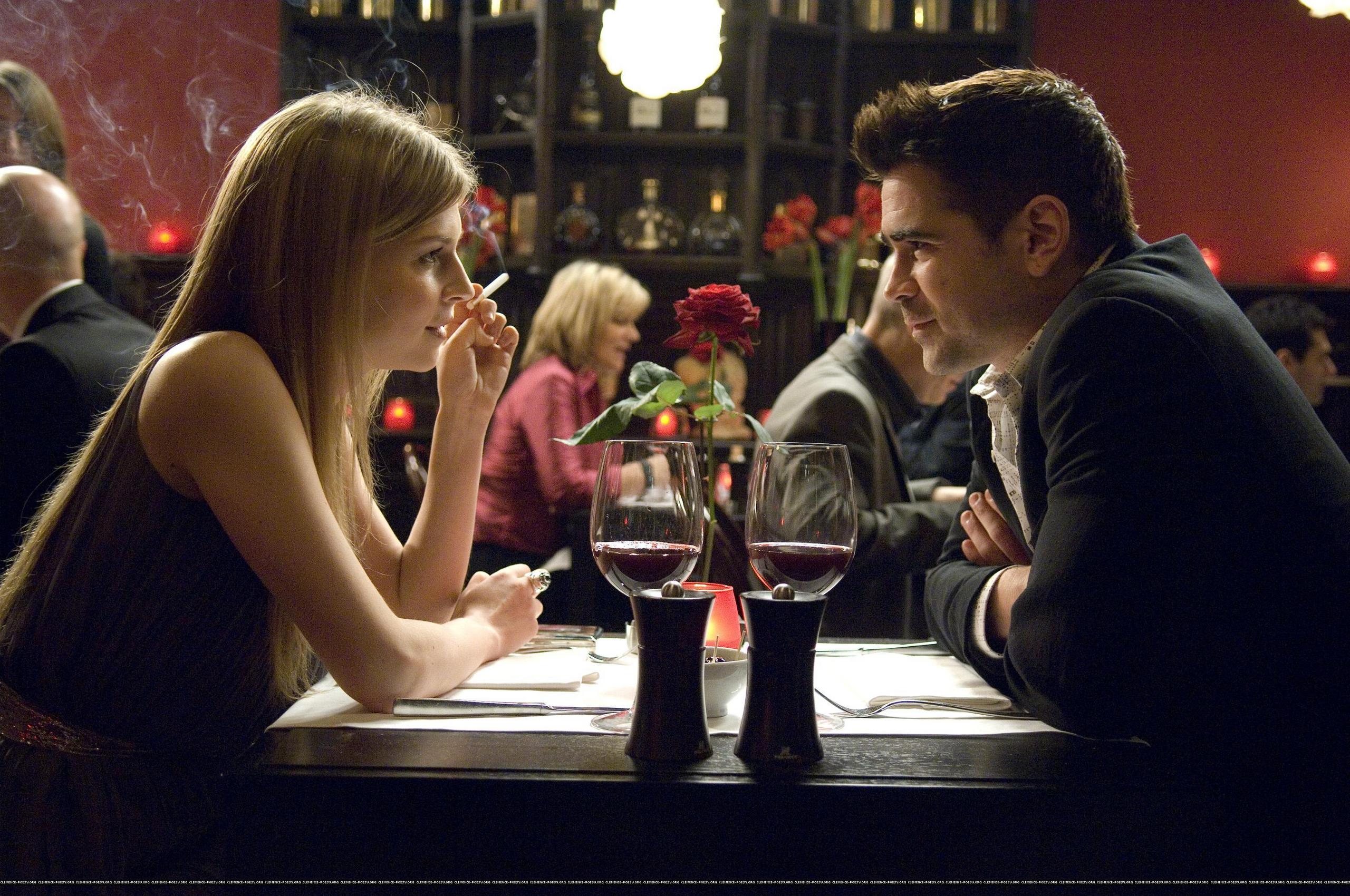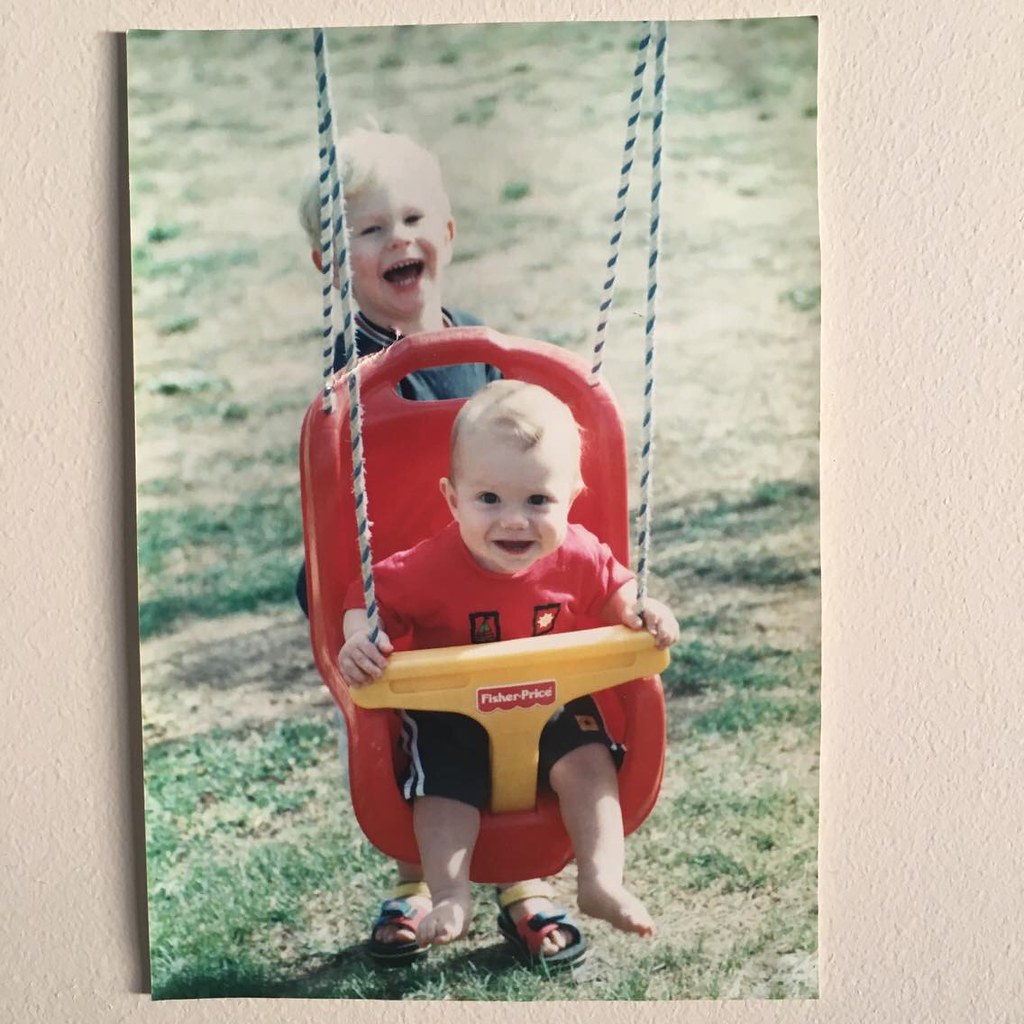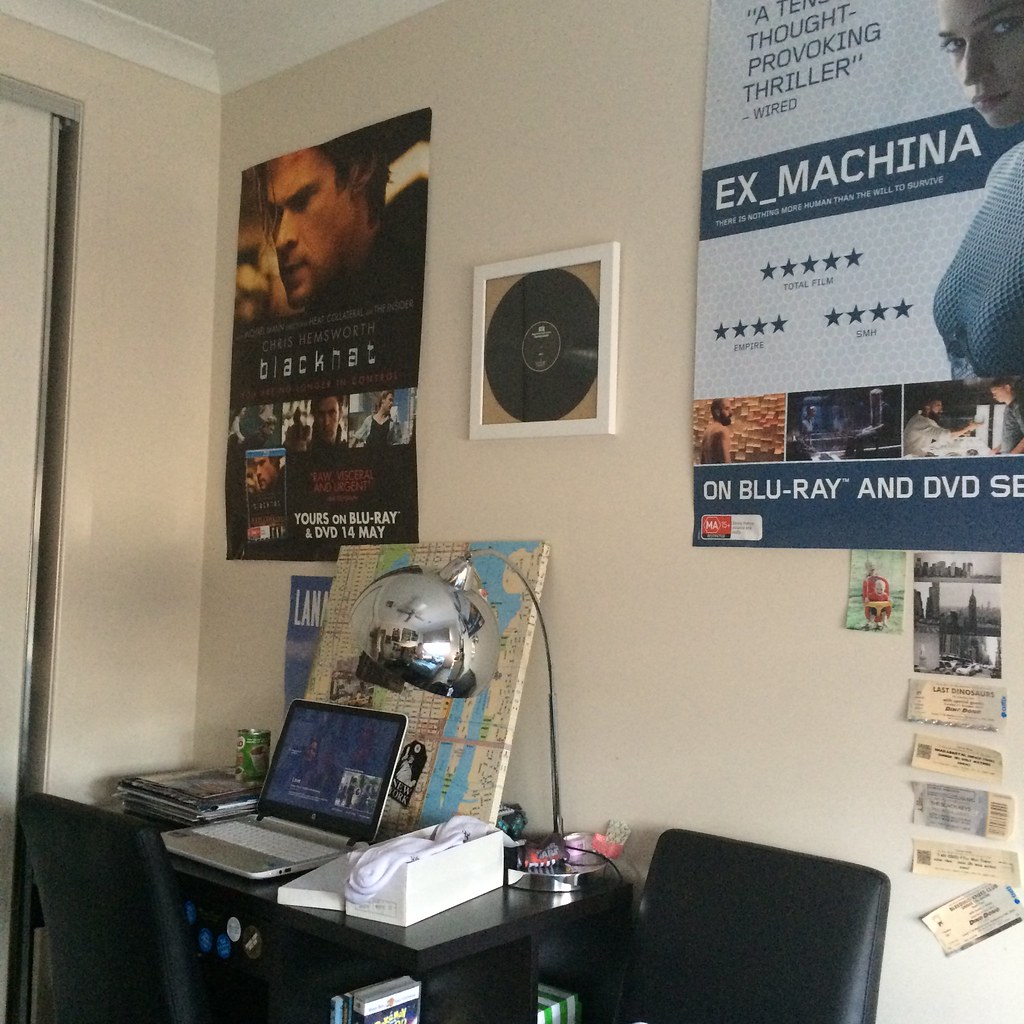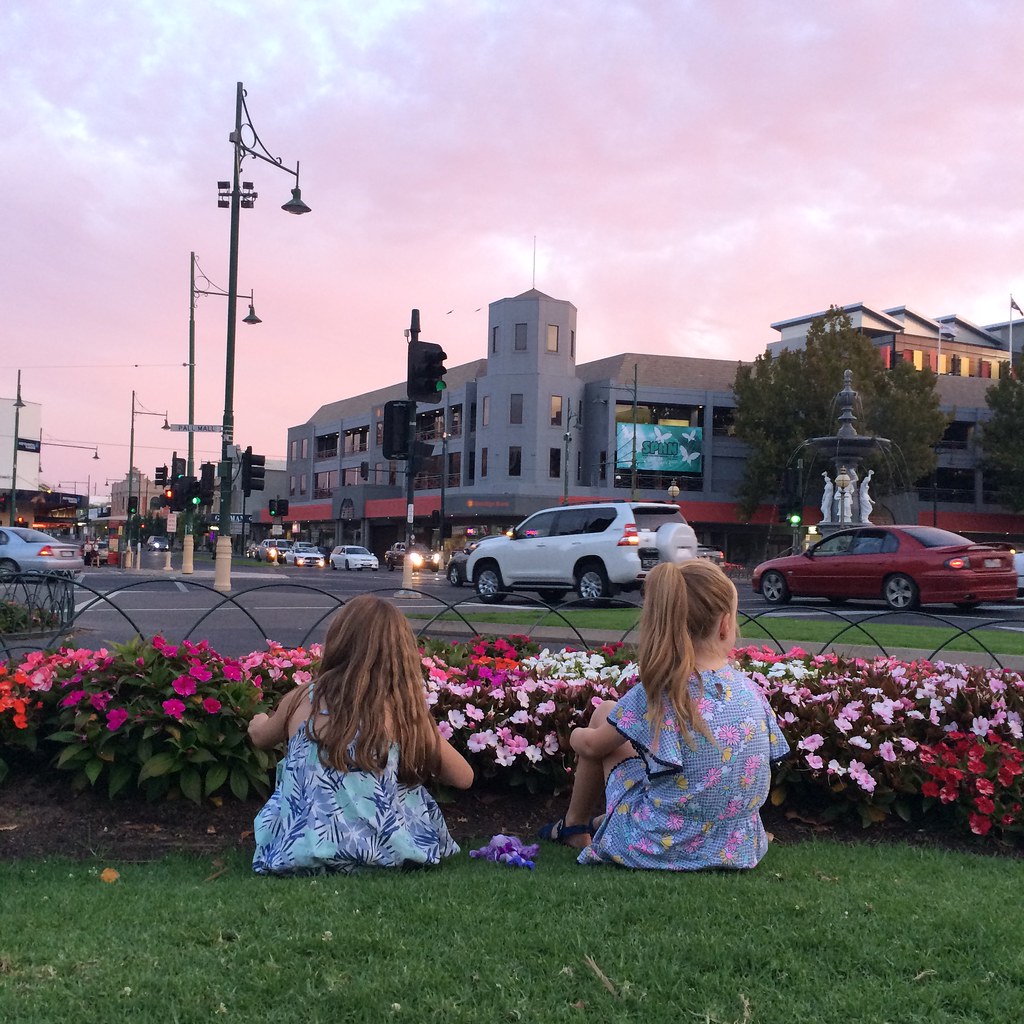Week #2 babyyyyyyy. Quite a heavy week in retrospect.
There Will Be Blood (2007) dir. Paul Thomas Anderson
12/03/16
The final step in my efforts to complete PTA’s filmography; not exactly a let down as such, but definitely my least favourite of his works, simply because of how painstakingly engaging they all are. Daniel Day Lewis’ career is not something I have followed in the past but by god does he prove his worth here. Truly a grueling and committed performance. TWBB‘s first half is without a doubt its highlight. Heartaches like this don’t usually come in the first ~20 minutes unless you’re watching something like Up, but from the get-go the film exists to force Daniel Plainview’s pure and undying ambition onto you. With Radiohead’s Jonny Greenwood scoring, TWBB excels in all areas audio, infectious symphonic strings bathe the Southern Californian plains. Haunting, but less inspired than the remainder of PTA’s catalogue. ★★★★

Don’t Go In The Woods (1981) dir. James Brynan
13/03/16
Watched in light of the Video Nasties phenomenon/discussion in my Pop Culture in Everyday Life course. My friend and I have dedicated ourselves to completing the list (the only previous entry I have seen is The Evil Dead), so we selected 4 from the list and began the challenge. Enveloped by poor acting, dialogue, editing, pacing and just about everything else under the sun, Don’t Go In The Woods is purely laughable. Ridiculous to the point of hysterics and confusing in terms of all character motives. The Room of slasher films. You’ll never guess where they went. ★
The Burning (1981) dir. Tony Maylam
13/03/16
Part 2 of Ye ol Video Nasties. Pretty much a better Friday the 13th than Friday the 13th. Joyous to see Jason Alexander in his first acting role. ★★★
Anthropophagus (1980) dir. Joe D’Amato
13/03/16
Part 3: if you don’t enjoy gore, chances are you won’t enjoy the climax of Anthropophagus. There’s morbid, and then there’s Joe D’Amato. ★★
The House by the Cemetery (1981) dir. Lucio Fulchi
13/03/16
Part 4, possibly the only one with any decent artistic merit (The Burning maybe), but here, Fulchi embraces the horror genre. He is the zoom master. Stunningly shot. ★★★½
The Graduate (1967) dir. Mike Nicols
14/03/16
rewatch
What is there to be said about The Graduate that hasn’t already been said? A friend likened this to the works of Antonioni and I couldn’t agree more; inward emotion expressed outwards through the environment. ♪ In restless dreams I walked alone ♪ ★★★★★

Ballet Mécanique (1924) dir. Fernand Léger, Dudley Murphy
15/03/16
A experiment on the coexistence of man and machine, the organic versus the mechanic not in rivalry but in contrast. Here, we begin to see the human body as a machine in itself, each limb working as a cog in an instrument. The scoring shares similarities to Death Grips.
The Dante Quartet (1987) dir. Stan Brakhage
15/03/16
La Jetée (1962) dir. Chris Marker
15/03/16
The Illustrated Auschwitz (1992) dir. Jackie Farkas
15/03/16
We Have Decided Not to Die (2004) dir. Daniel Askill
15/03/16
Un Chien Andalou (1929) dir. Luis Buñuel
15/03/16
Double Indemnity (1944) dir. Billy Wilder
16/03/16
Is it just me or do all close-ups of Barbara Stanwyck seem to glow? ★★★★½
The Strange Love of Martha Ivers (1946) dir. Lewis Milestone
16/03/16
Viewed in glorious 35mm. An utterly absurd tale from beginning to end. A young Kirk Douglas shines. Anyone have any statistics surrounding the number of lung cancer patients in the US in the 1940s? ★★★★
Mulholland Drive (2001) dir. David Lynch
17/03/16
rewatch
Viewed in glorious 35mm. The ending has never scared me this much until now. Goosebumps. ★★★★½













